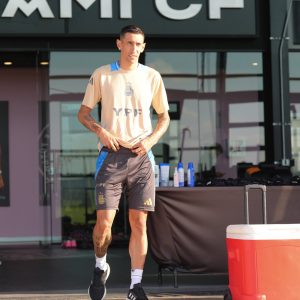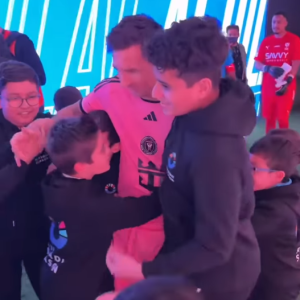Today, Taylor Swift is one of the most famous names in music. There is no shortage of people dying to work with the folklore artist. But there was a time, not too long ago, when Swift was just another hopeful singer with a dream. As an unknown artist, the multimillionaire did everything in her power to get the attention of record labels. But what was Swift’s elevator pitch when she was first starting out?
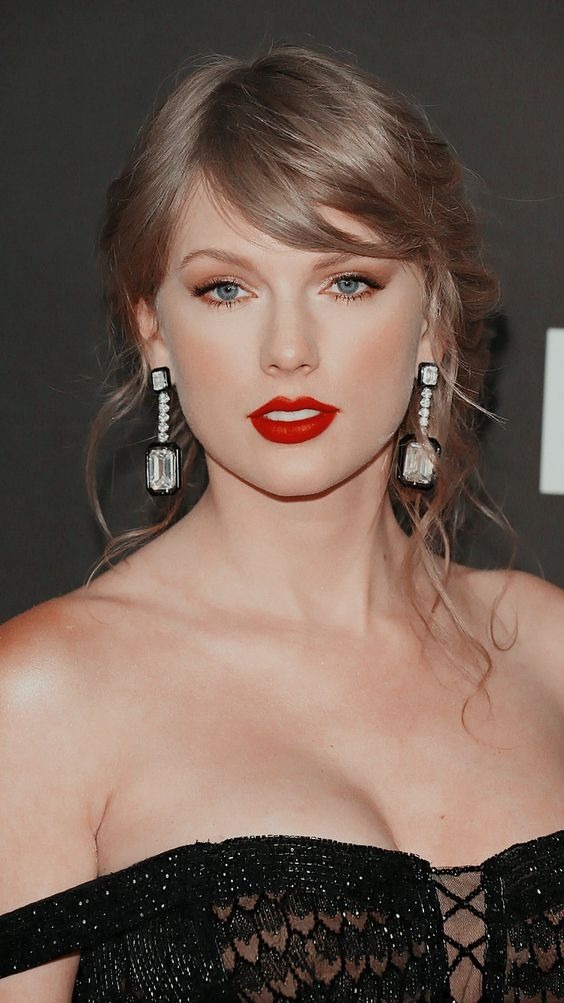
 In an interview with Dateline, Swift revealed how she pitched herself to record labels. “My mom and my little brother all went to Nashville and– drove up and down Music Row,” Swift shared. “My mom would stop in front of a record label. And I’d run in and hand them my CD, to the receptionist. And I’d be like, ‘Hi. I’m Taylor. I want a record deal. Call me.”
In an interview with Dateline, Swift revealed how she pitched herself to record labels. “My mom and my little brother all went to Nashville and– drove up and down Music Row,” Swift shared. “My mom would stop in front of a record label. And I’d run in and hand them my CD, to the receptionist. And I’d be like, ‘Hi. I’m Taylor. I want a record deal. Call me.”
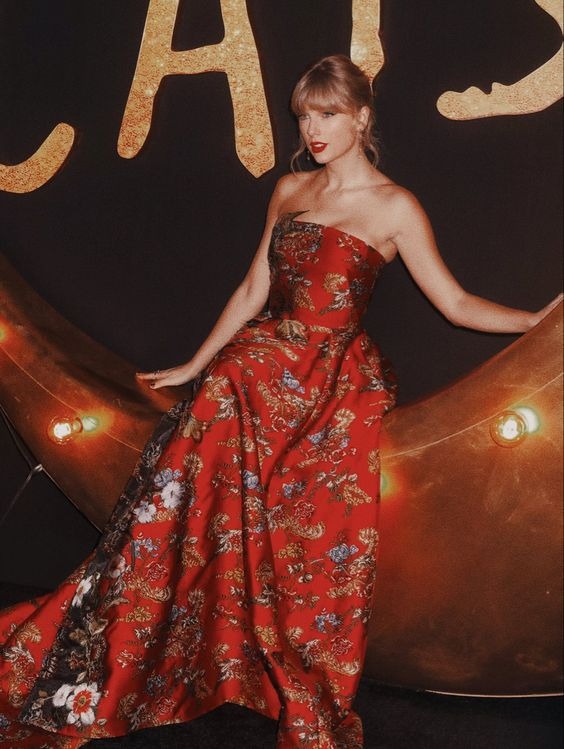
While many of Swift’s demos likely went into the trash, she did eventually get a call from a record label. And while it wasn’t to offer her a deal, it did push her to deepen her craft as a musician. “I think I got a call from someone, and they were like, ‘Just wanted to let you know we got your CD, and we wanted to say keep trying,’ Swift remembered. “That’s when I learned how to play guitar. And I started writing my own songs.”
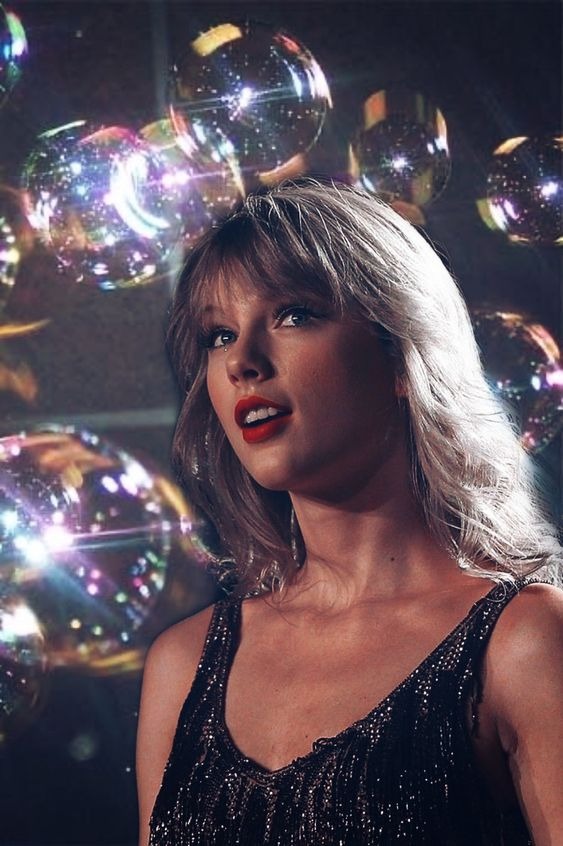 Songwriting quickly became an addiction for the “Blank Space” singer. She recalls her assignments being littered with lyrics that would soon become wildly popular songs. “I would find time to write either in class,” Swift began. “Which… you know, when the teachers would conduct random notebook checks, you can imagine their surprise when it’s algebra on this side of the page and ‘Drew looks at me’ on the other side of the page.”
Songwriting quickly became an addiction for the “Blank Space” singer. She recalls her assignments being littered with lyrics that would soon become wildly popular songs. “I would find time to write either in class,” Swift began. “Which… you know, when the teachers would conduct random notebook checks, you can imagine their surprise when it’s algebra on this side of the page and ‘Drew looks at me’ on the other side of the page.”
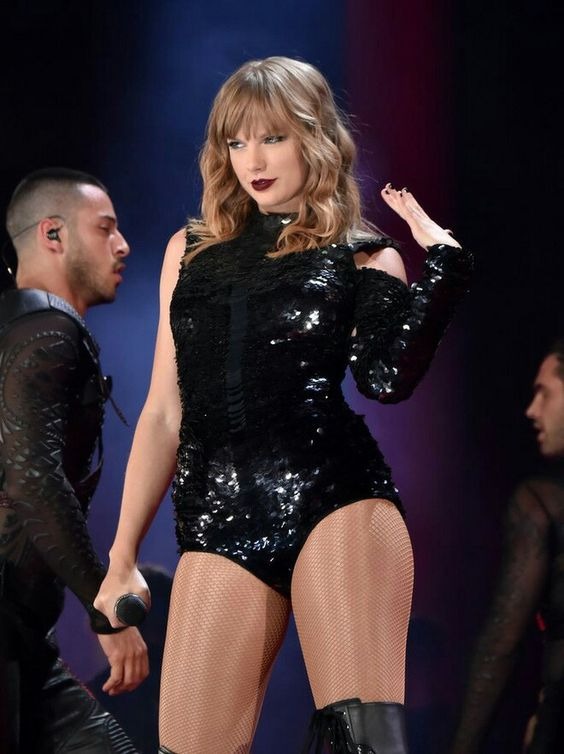
How did Swift finally get discovered?
Eventually, Swift realized she needed to be in Nashville long-term. So she and her family once again packed up and decided to relocate permanently. Eventually, Swift had a musical showcase at Bluebird Cafe, where she caught the attention of one Scott Borchetta. Borchetta, of course, was the founder of Swift’s very first record label, Big Machine Records. The rest, as they say, is history.



